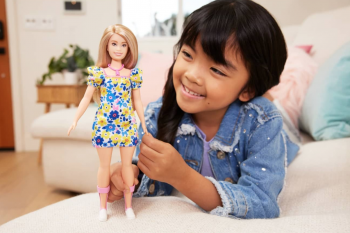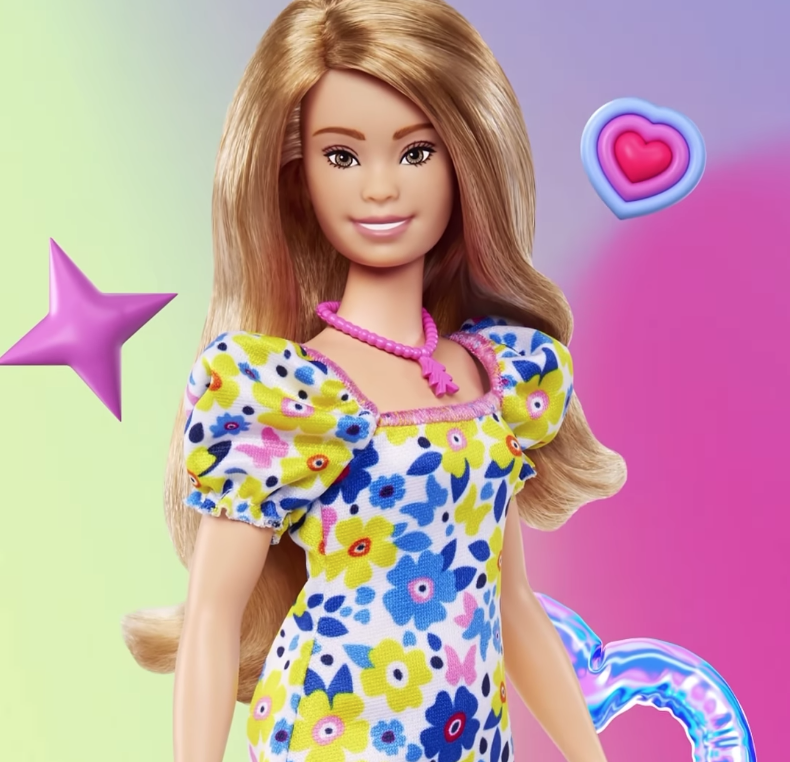US toy giant Mattel has released a new Barbie doll with Down’s syndrome, as part of the company’s efforts to make its range more diverse and inclusive.
In recent years, Mattel has faced criticism that the traditional Barbie does not represent real women. To address this, the company has created dolls with a range of different body shapes, skin tones, and disabilities, including a hearing aid, prosthetic limb, and wheelchair.
The toy company hopes that by creating dolls that all children can relate to, they will not only be more inclusive, but help educate kids on how to be understanding and build a greater sense of empathy which will lead to a more accepting world.
ALSO SEE: The trailer for live action Barbie has been released, we’re excited
The new Barbie with Down’s syndrome was developed in collaboration with the US National Down Syndrome Society (NDSS), and features a shorter frame, longer torso, and almond-shaped eyes, which are all characteristics of people with the genetic condition.

According to an article published on the BBC, Kandi Pickard, president and CEO of the NDSS, says that the doll is a huge step forward for inclusion and representation.
“This means so much for our community, who for the first time, can play with a Barbie doll that looks like them,” she said.
The doll also wears pink ankle foot orthotics, to reflect the fact that some children with Down’s syndrome use orthotics to support their feet and ankles. The puff-sleeved dress is yellow and blue, which are colours associated with Down’s syndrome awareness. The doll also wears a pink pendant necklace with three upward chevrons, representing the three copies of the 21st chromosome.
Also quoted by BBC is British model Ellie Goldstein, an advocate for inclusion, visibility, and understanding of people with Down’s syndrome, who says she felt overwhelmed when she saw the doll.
“Diversity is important…as people need to see more people like me out there in the world and not be hidden away.”
ALSO SEE:
The Barbiecore trend has painted the world pink, but what is it, actually?
Feature Image: Instagram / @barbie

